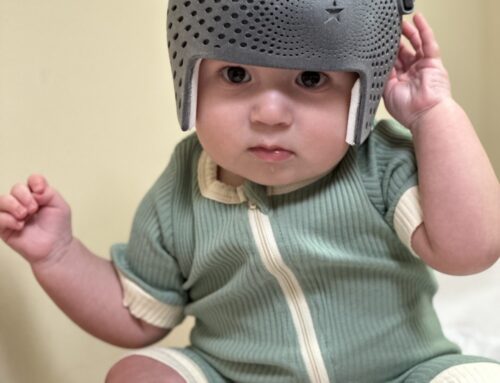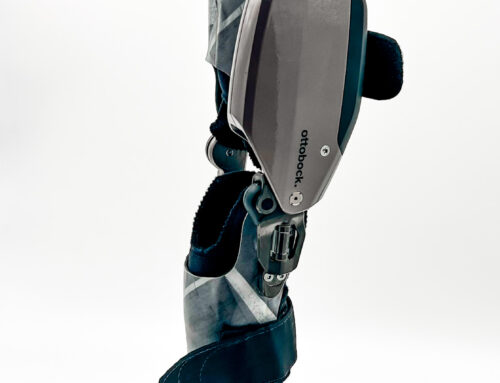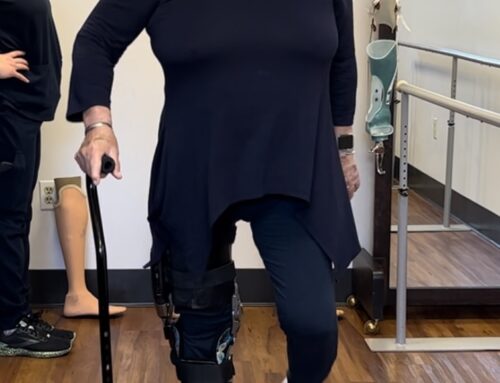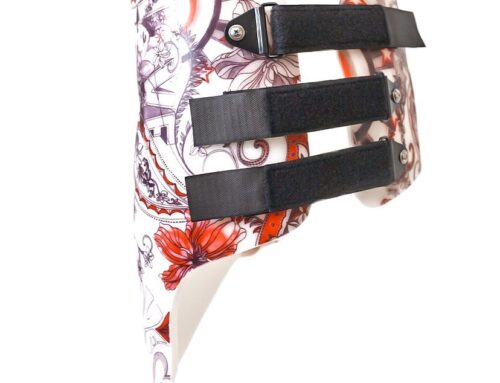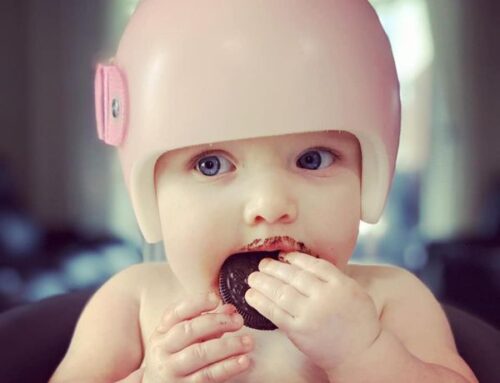Scoliosis
 School nurses regularly screen children for scoliosis, but it’s good for parents to be aware of some scoliosis facts as well. Parents often spot signs of the condition in the summer months, when kids are typically in lighter clothes or swimsuits. At WCBL, we offer a range of devices for adolescent idiopathic scoliosis. As a result, our team is able to determine the best design choice to treat each unique curvature. Equally important, we provide the patient the best opportunity for a successful outcome. Read more about the scoliosis bracing options we offer.
School nurses regularly screen children for scoliosis, but it’s good for parents to be aware of some scoliosis facts as well. Parents often spot signs of the condition in the summer months, when kids are typically in lighter clothes or swimsuits. At WCBL, we offer a range of devices for adolescent idiopathic scoliosis. As a result, our team is able to determine the best design choice to treat each unique curvature. Equally important, we provide the patient the best opportunity for a successful outcome. Read more about the scoliosis bracing options we offer.
Below are a few common signs and facts about scoliosis to help parents know what to look for.
- Affects about 3% of children under the age of 16.
- It is the most common spine condition in young people.
- Most cases are “idiopathic,” they don’t know what the cause is.
- There’s no one to blame for scoliosis — there is no known way to prevent the illness.
- A small number of cases are “congenital”, develop in the womb.
- Congenital scoliosis is more likely to progress and as a result, be treated with surgery.
- Scoliosis typically becomes evident between the ages of 10 and 15.
- Common signs: uneven shoulders, waist or hip, and a shoulder blade that sticks out.
- When caught early enough, bracing can often prevent surgical intervention.
- Bracing is to be used in conjunction with surgical intervention, as needed.
- Girls are 8 times more likely than boys to have a curve which progresses enough to require treatment.
- Left untreated, it can worsen, may cause chronic back pain, impact heart & lung function and take a toll on self-esteem.
- Screening is non-invasive and takes about 30 seconds.
Contact your child’s pediatrician for more information or to address any concerns.


